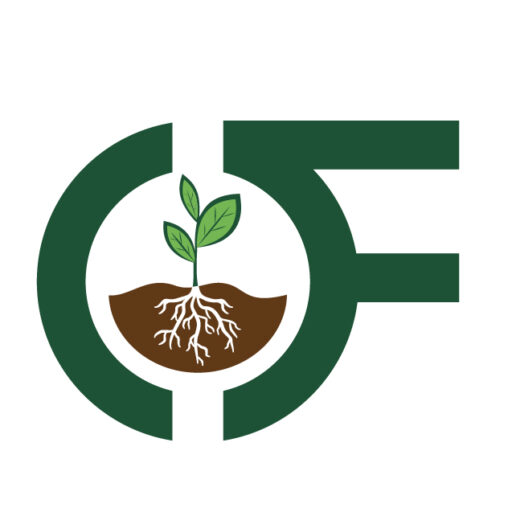The Economics of Hay: Understanding Cost, Quality, and Efficiency to Assist Livestock Owners
As a livestock owner, managing the cost, quality, and efficiency of hay is essential to ensuring both your animals’ health and the sustainability of your operations. Hay is a critical component of the diet for many livestock species, but the decisions you make about hay can significantly impact your bottom line. We’ll explore the economics of hay farming and provide insights on how to balance cost with quality, while making sure your livestock are getting the best nutrition possible.

(Cows grazing around farm with owner in front with his arms crossed.)
The Role of Hay in Livestock Management
Hay is more than just feed; it’s the foundation of a balanced diet for cattle, horses, goats, and other livestock. Good hay provides essential nutrients like fiber, protein, and vitamins, which are necessary for healthy growth, reproduction, and milk production. But not all hay is created equal, and understanding how to select quality hay and balance costs is key for livestock owners.
The Cost of Hay: What Determines Prices?
The cost of hay can fluctuate widely depending on several factors. Some of the most influential factors include:
- Location: Hay grown locally is generally less expensive because it avoids transportation costs. If you’re sourcing hay from far-off regions, transportation fees will drive up the price.
- Season: Like many agricultural products, hay prices tend to vary by season. During winter months, when supply is limited and demand is high, prices often increase. Purchasing in bulk during harvest season, when hay is more plentiful, can lead to significant savings.
- Type of Hay: Different types of hay (such as alfalfa, timothy, and Bermuda) have different nutritional profiles and costs. High-protein hays like alfalfa tend to be more expensive but are essential for animals with higher nutritional needs, such as dairy cattle and horses in heavy work.
- Supply Chain and Transportation: If hay is imported, you’ll need to account for additional costs related to shipping. Local hay often offers more cost-efficiency for livestock owners.
Understanding Hay Quality and Why It Matters
The quality of the hay you feed your livestock can have a direct impact on their overall health and productivity. Hay quality is generally determined by factors like:
- Nutritional Content: High-quality hay should contain the right balance of protein, fiber, and energy. Testing hay for nutritional values, such as crude protein and total digestible nutrients (TDN), can help ensure you’re providing the best feed for your animals.
- Maturity at Harvest: The maturity of the hay at the time of harvest affects its digestibility and nutritional value. Younger, greener hay generally has higher nutritional content, while more mature hay can be fibrous and less nutritious.
- Moisture Content: Hay that’s too wet can develop mold and lead to health problems in livestock. Conversely, hay that’s too dry can lose valuable nutrients. A moisture content of 15-20% is ideal for quality hay.
- Storage and Handling: Proper storage of hay is crucial to maintaining its quality. Hay that’s been exposed to the elements or poorly stored can lose nutrients, develop mold, and attract pests. To maintain efficiency and reduce waste, it’s important to store hay in a dry, well-ventilated space.
Balancing Cost with Quality
While it’s tempting to opt for cheaper hay, it’s important to remember that low-quality hay can lead to higher overall costs in the long run. Livestock that are fed poor-quality hay may require additional supplements or grain to meet their nutritional needs, which adds to feeding costs. Worse, they may experience health problems, leading to higher veterinary bills and lower productivity.
For this reason, it’s essential to strike a balance between cost and quality. Consider performing a cost-benefit analysis when choosing hay. Spending a little more on higher-quality hay can lead to healthier, more productive animals, reducing your overall costs and improving efficiency.
How Efficient Use of Hay Saves Money
Once you’ve selected the right hay for your livestock, efficient use is the next step in managing costs. Wasting hay is one of the most common ways livestock owners lose money. Here are a few tips for maximizing efficiency:
- Proper Feeding Techniques: Use hay feeders or nets to minimize waste. When hay is fed on the ground, animals often trample and spoil it. Hay racks can also help ensure animals have access to feed without wasting it.
- Monitor Intake: Ensure you’re not overfeeding your animals. Monitor their body condition and adjust feeding amounts as needed. Overfeeding not only leads to wasted hay but can also cause health problems in livestock.
- Preventing Spoilage: As mentioned earlier, proper storage of hay can prevent spoilage. Cover hay bales with tarps and store them off the ground to prevent moisture absorption.
- Rotational Grazing: This practice can help reduce the need for hay by providing animals with fresh pasture during the growing season. Rotational grazing helps maintain pasture health and reduces hay consumption, which saves money over time.
The Role of Local Hay Suppliers in Cost and Quality
Sourcing hay locally can provide several benefits for livestock owners. Not only is local hay often more affordable due to lower transportation costs, but local farmers are also more likely to produce hay suited to the specific climate and soil conditions of your region. This can result in higher-quality hay that better meets the nutritional needs of your livestock.
In Pasco and the Tri-Cities, local hay suppliers like Ohana Farms are committed to producing high-quality hay that’s tailored to the needs of livestock owners in the area. Whether you’re feeding horses, cattle, goats, or sheep, sourcing hay from a trusted local supplier can ensure your animals are receiving the best possible feed.
Key Takeaways for Livestock Owners
- Understand the Factors Affecting Hay Cost: Location, season, type of hay, and supply chain all play a role in determining hay prices.
- Prioritize Hay Quality: Nutritional content, harvest maturity, moisture levels, and storage methods all contribute to the quality of the hay you feed your livestock.
- Balance Cost and Quality: Investing in higher-quality hay can save money in the long run by reducing the need for supplements and minimizing health issues in your animals.
- Focus on Efficiency: Use hay feeders, monitor intake, and practice proper storage to prevent waste and maximize your hay’s efficiency.
- Support Local Suppliers: Local hay suppliers can offer high-quality, affordable hay that’s well-suited to your region’s climate and the specific needs of your livestock.
By understanding the economics of hay, livestock owners can make informed decisions that not only improve their animals’ health and productivity but also enhance the efficiency and cost-effectiveness of their operations. Local suppliers like Ohana Farms are here to support you with high-quality hay and expert advice, ensuring that you get the most value from every bale.

